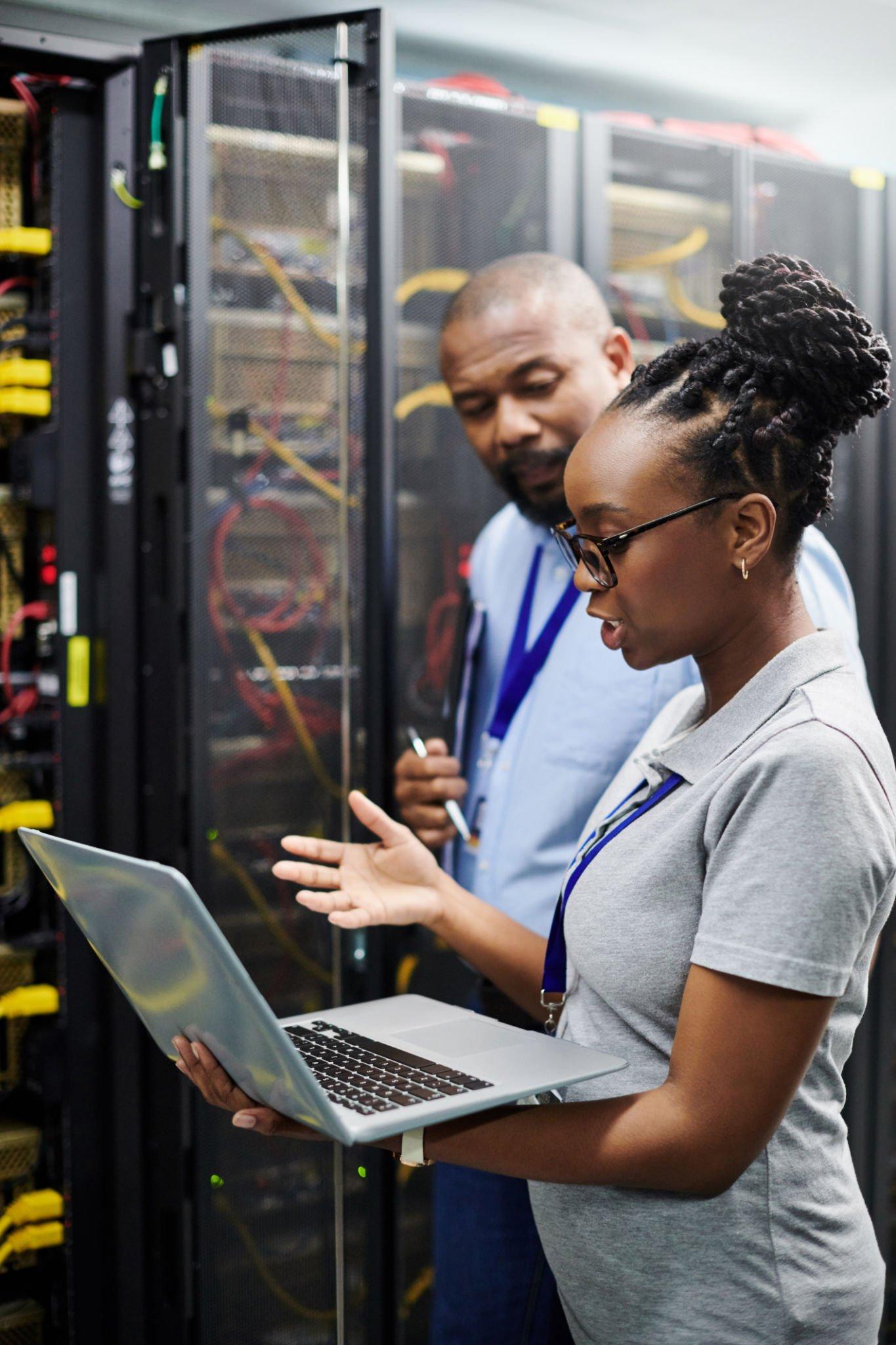- Email: - info@securexglobal.net
- 25FJ+7H, Limbe, Cameroon
- +237 6 78 34 12 61
- Email: - info@securexglobal.net
- 25FJ+7H, Limbe, Cameroon
- +237 6 78 34 12 61
- Email: - info@securexglobal.net
- 25FJ+7H, Limbe, Cameroon
- +237 6 78 34 12 61
ENARSI – Implementing Cisco Enterprise Advanced Routing and Services

ENARSI – Implementing Cisco Enterprise Advanced Routing and Services


Duration
45 Days

Delivery
(Online and onsite)

Price
Price Upon Request
The Implementing Cisco Enterprise Advanced Routing and Services (ENARSI) v1.0 gives you the knowledge you need to install, configure, operate, and troubleshoot an enterprise network. This course covers advanced routing and infrastructure technologies, expanding on the topics covered in the Implementing and Operating Cisco Enterprise Network Core Technologies (ENCOR) v1.0 course.
This course helps prepare you to take the exam, 300-410 Implementing Cisco® Enterprise Advanced Routing and Services (ENARSI), which leads to the new CCNP® Enterprise and Cisco Certified Specialist – Enterprise Advanced Infrastructure Implementation certifications.
This course will help you:
- Gain the knowledge you need to install, configure, operate, and troubleshoot an enterprise network
- Qualify for professional-level job roles in advance routing and services
- Earn 40 CE credits toward recertification
- You earn the Cisco Certified Specialist – Enterprise Advanced Infrastructure Implementation
- You satisfy the concentration requirement for the new CCNP Enterprise certification. To complete your CCNP Enterprise certification, pass the Enterprise core exam, 350-401 Implementing Cisco Enterprise Network Core Technologies (ENCOR).
After taking this course, you should be able to:
- Configure classic EIGRP and named EIGRP for IPv4 and IPv6
- Optimize classic EIGRP and named EIGRP for IPv4 and IPv6
- Troubleshoot classic EIGRP and named EIGRP for IPv4 and IPv6
- Configure OSPFv2 and OSPFv3 in IPv4 and IPv6 environments
- Optimize OSPFv2 and OSPFv3 behaviour
- Troubleshoot OSPFv2 for IPv4 and OSPFv3 for IPv4 and IPv6
- Implement route redistribution using filtering mechanisms
- Troubleshoot redistribution
- Implement path control using PBR and IP SLA
- Configure MP-BGP in IPv4 and IPv6 environments
- Optimize MP-BGP in IPv4 and IPv6 environments
- Troubleshoot MP-BGP for IPv4 and IPv6
- Describe the features of MPLS
- Describe the major architectural components of an MPLS VPN
- Identify the routing and packet forwarding functionalities for MPLS VPNs
- Explain how packets are forwarded in an MPLS VPN environment
- Implement Cisco IOS DMVPNs
- Implement DHCP
- Describe the tools available to secure the IPV6 first hop
- Troubleshoot Cisco router security features
- Troubleshoot infrastructure security and services
- Implementing EIGRP
- Optimizing EIGRP
- Troubleshooting EIGRP
- Implementing OSPF
- Optimizing OSPF
- Troubleshooting OSPF
- Implementing IBGP
- Optimizing BGP
- Implementing MP-BGP
- Troubleshooting BGP
- Configuring Redistribution
- Implementing Path Control
- Exploring MPLS
- Introducing MPLS L3 VPN Architecture
- Introducing MPLS L3 VPN Routing
- Configuring VRF-Lite
- Implementing DMVPN
- Implementing DHCP
- Troubleshooting DHCP
- Introducing IPv6 First Hop Security
- Securing Cisco Routers
- Troubleshooting Infrastructure Security and Services
- Enterprise network engineers
- System engineers
- System administrators
- Network administrators
Before taking this course, you should have:
- General understanding of network fundamentals
- Basic knowledge of how to implement LANs
- General understanding of how to manage network devices
- General understanding of how to secure network devices
- Basic knowledge of network automation

Copyright @2024 SecureX Global Services. All Rights Reserved.
-
Billy: Thank you for reaching out to SecureX Customer Services. My name is Billy, and I am an automated assistant. How may I assist you today?
SecureX Customer Support Agent


